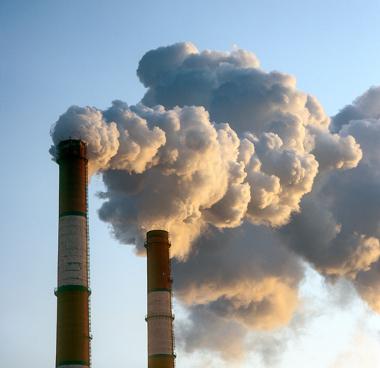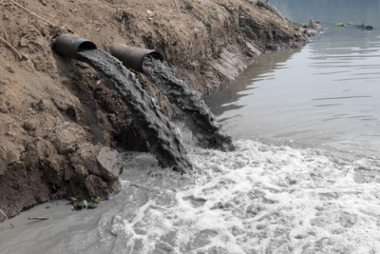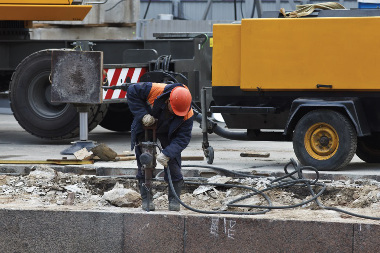One of the most serious environmental problems generated by man's intervention in the natural environment is pollution, as it harms the environment, makes the cultivation and consumption of natural resources unfeasible, causes ecological imbalances and can threaten health human. For this reason, it is very important to elucidate this issue in order to develop ways to combat such an occurrence.
For didactic purposes, there is a generic classification of pollution that seeks to segment its main actions, as well as its causative agents, in order to better understand the problem. The types of pollution that can be mentioned are: air pollution, water pollution, soil pollution, noise pollution and visual pollution.
Atmospheric pollution: it involves air pollution in general, mainly caused by the emission of toxic pollutants from factory chimneys and also by vehicle exhaust. The burning of fossil fuels, such as oil and its derivatives, in addition to mineral coal, is the main cause of this type of pollution.

Atmospheric pollution generated by industrial activity
The effects of atmospheric pollution are diverse and act on a global as well as a local scale. According to data from many analysts and also from the UN Climate Change Panel (IPCC), human activities have generated a greater concentration of gases causing the greenhouse effect, intensifying the problem of heating Global. On a local scale, the environmental problems generated in cities, such as the Heat Islands and Thermal Inversion, are worth mentioning.
Water pollution: characterized by the degradation of water resources, resulting in the pollution of lakes, rivers, streams and also the seas and oceans. It is mainly caused by the undue spillage of sewage, but also by the pollution of hydrographic basins, since, during the rains, garbage is carried to the bed of water courses. In the oceans and seas, a frequent cause is oil spills.

Pollution of watercourses causes environmental problems
The pollution of river water results in the loss of natural resources, especially drinking water, also causing an increase in fish mortality. Therefore, it is important to conserve water courses both in urban areas and in environments far from areas of human occupation. In the oceans, pollution also generates the loss of species, greatly affecting the environment inside and outside the seas.
soil pollution: occurs through widespread contamination or pollution of soils, affecting economic activities and also the environment around them. The main occurrences are the waste stored in landfills, where there is the production of a toxic liquid called slurry, which penetrates underground and can reach the water table. In cemeteries, the occurrence is similar.

Excessive use of pesticides harms the soil
In agriculture, the exaggerated use of pesticides to combat the emergence of pests in crops can also generate soil pollution. With the excess of accumulated toxic residues, the affected area can become infertile, hindering agriculture and aggravating local environmental problems. Therefore, the careful use of chemical products, in addition to the preference for organic fertilizers, are more than necessary measures to reduce the damage caused.
Noise pollution: urban environments or environments with great agglomeration of people that generate excessive noise are common, especially in traffic, construction equipment and others. The main damage is to human health, as the maximum volume of sounds we should hear, according to the Organization World Health Organization (WHO), is 65 decibels, and often the environment of cities produces sounds greater than that.

Works and constructions, in addition to traffic, increase noise pollution in cities
Visual pollution: is caused by excessive advertising on posters, billboards, signs and others scattered in urban environments, featuring the large concentration of visual stimuli. Despite being apparently non-aggressive, visual pollution can intensify or generate stress, in addition to making the environment less comfortable for human occupation. During an election period, this problem extends to the maximum, although recent laws have been drafted to mitigate these effects.

Visual pollution creates problems in urban space
By Me. Rodolfo Alves Pena
Source: Brazil School - https://brasilescola.uol.com.br/geografia/tipos-poluicao.htm
